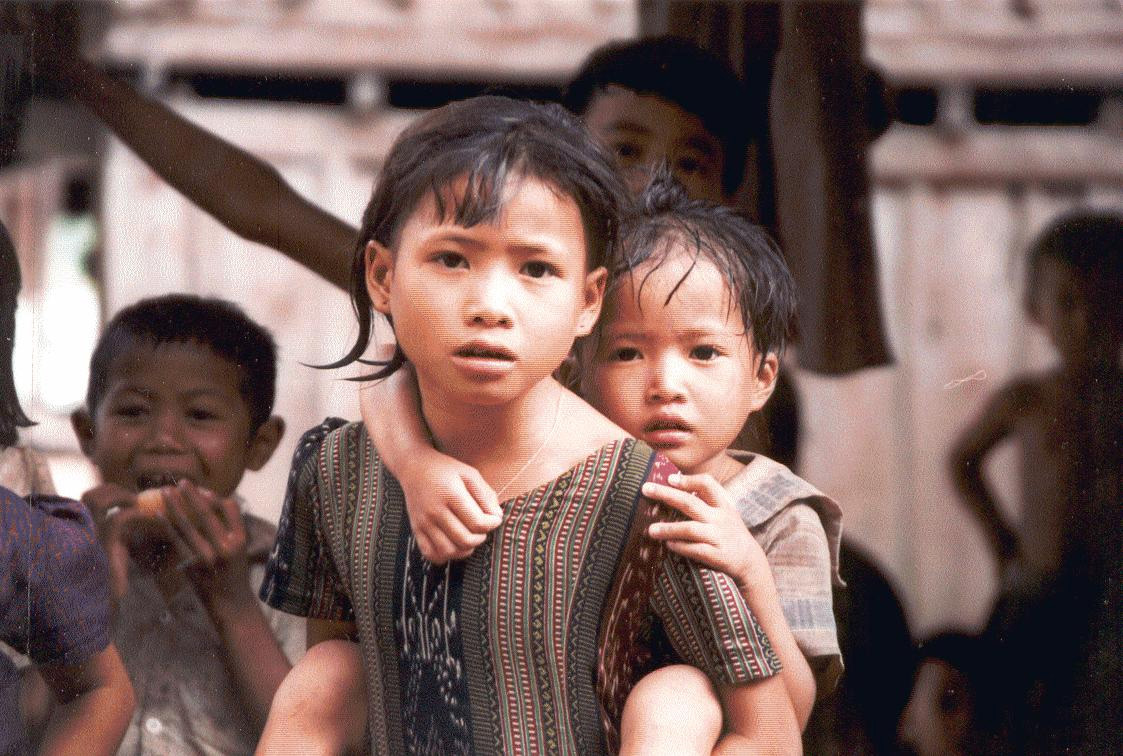 “It’s a very surreal place… children have grown up with bomb scrap around them. So when they see bomb scrap, they don’t perceive any danger. It’s all around you.The houses are made of bombs. It’s piled up by the side of the roads. It’s part of the fabric of life.”
“It’s a very surreal place… children have grown up with bomb scrap around them. So when they see bomb scrap, they don’t perceive any danger. It’s all around you.The houses are made of bombs. It’s piled up by the side of the roads. It’s part of the fabric of life.”
I’ve just completed a first podcast for the English edition of Le Monde Diplomatique, the monthly French paper which now exists in many foreign-language editions and publishes in-depth reports on the political, social and cultural situation around the world. My guest in this first LMD podcast is Angela Robson, who used to work with Amnesty International, and is now a writer and journalist who broadcasts frequently on the BBC.
Angela recently visited Laos, the small land-locked country in S.E. Asia, ahead of the Dublin conference to discuss an international cluster-bomb ban. Though few people in the west know much about Laos, it is the country which has suffered the heaviest bombing of any nation on Earth. More than Japan and Germany in the Second World War combined. When columnist Simon Jenkins visited Laos’s Plain of Jars in 2001, he called it ‘the greatest bomb-site in history’.
What made the ordnance which US pilots dropped on Laos particularly harmful is the fact that many of their cluster bombs failed to detonate and lie there still in fields and gardens, waiting for a bomb-hunter to come along in search of scrap metal, or a curious child to pick one up and play with it. You can hear my interview with Angela here. And you can read here piece in Le Monde Diplomatique here, and you’ll find her BBC World Service documentary here.

Pingback: Pluriverse » The upside of bombing